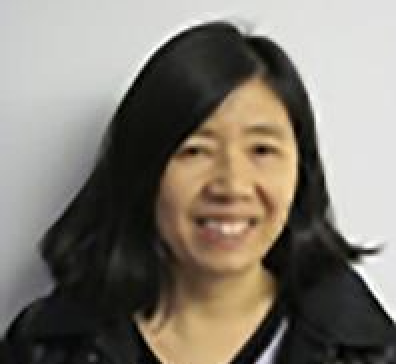Fostering Innovation and Education in Computational Materials Science
This PREM is a partnership between the multidisciplinary W. M. Keck Computational Materials Theory Center at California State University Northridge, a Hispanic-serving institution, and the Princeton Center for Complex Materials, the NSF-funded Materials Research Science and Engineering Center (MRSEC) at Princeton University.
Objectives:
to initiate and expand collaborations on research and education for emergent materials
to broaden participation in materials research and education through recruitment, retention and outreach programs involving high school students and teachers, undergraduate and graduate students
to leverage and harness the intellectual power and research infrastructure to address grand challenges in emergent materials research
to promote accessibility of multidisciplinary cutting-edge research and education experience to underrepresented groups
to stimulate and develop strong industrial-university-national laboratory partnerships in materials research
Research:
This PREM strives to solve fundamental problems in emergent materials that have vital scientific and technological importance as well as economical and societal impacts. A multidisciplinary team with coordinated and complementary skills in theory, computation and experiment is assembled into three interdisciplinary groups (IRGs).








